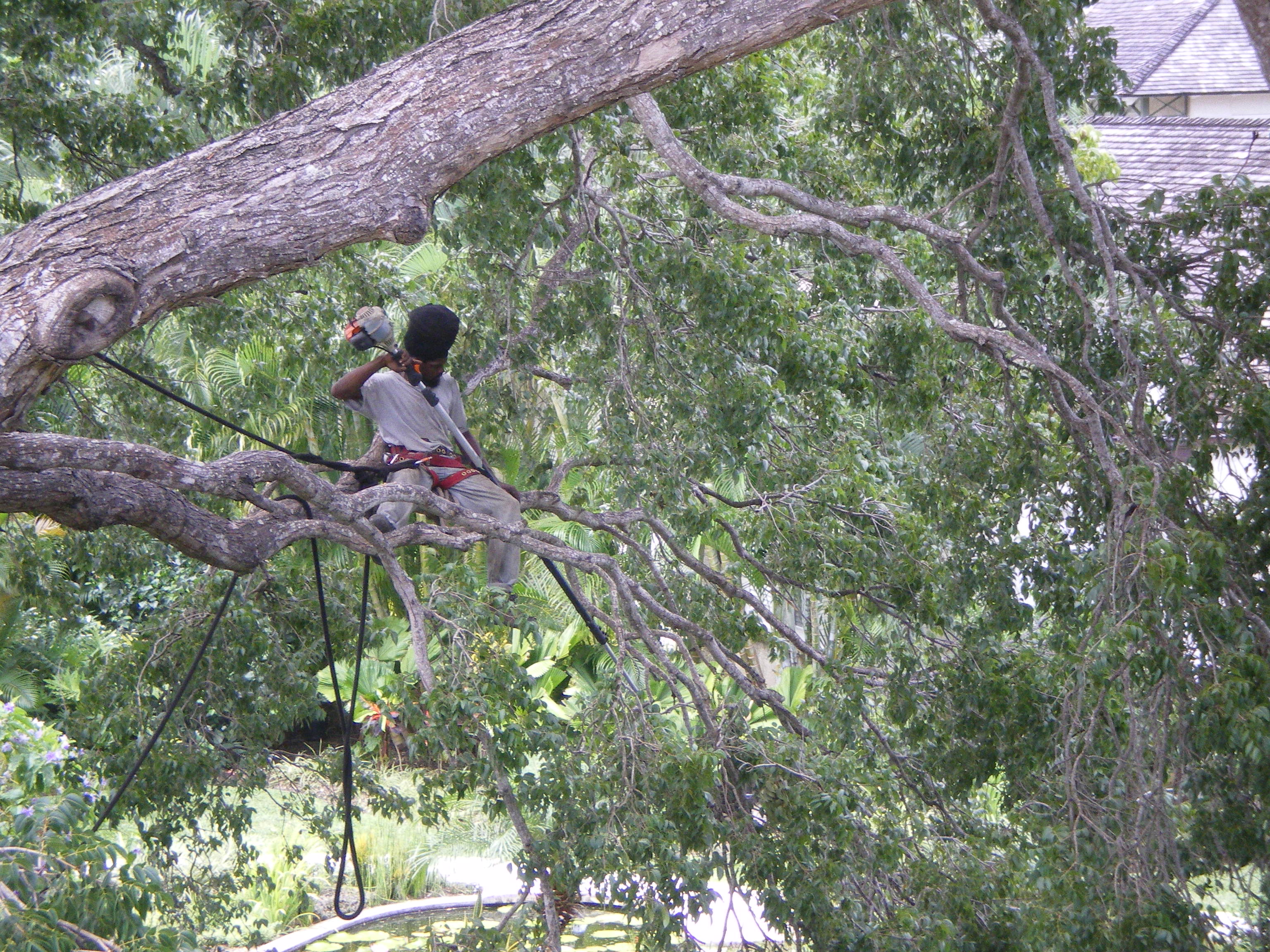
In the tree care industry, we like to throw around different words and phrases that people don’t really know. Some of the most common things we will mention are the different societies we are in and the different credentials that we have. If you aren’t involved in tree care, you may not be aware of these associations and credentials and what they mean.
In this post, we are going to try to break down the different credentials that tree care services can have – we at Van Till Tree Care have all of the following memberships and certifications.
International Society of Arboriculture (ISA) Certified Arborists
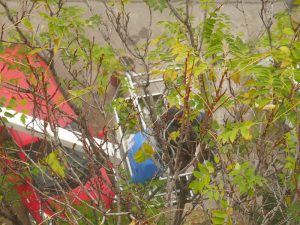
Credit: apparmor_parser
- Sometimes labeled as “Certified Arborist”
- One of the most popular credentials for any tree service
- Requires specific training
The most common credential that you will see on any tree care website is the one from the International Society of Arboriculture (ISA) Certified Arborists. This is common because it is a great credential to prepare people for the jobs that they need to carry out. In order to display this credential on your website and marketing materials, you must be trained and knowledgeable in all aspects of arboriculture, according to their website.
To prove this, a tree care employee must pass an exam. They also need to have practical work experience in arboriculture for at least three full years or they need to have a degree in one of the following fields from a regionally accredited institute: arboriculture, horticulture, landscape architecture, or forestry. The exam is quite difficult and it covers a wide range of topics.
ISA Certified Arborists also need to adhere to a specific Code of Ethics that aims to strengthen the credibility and reliability of the industry.
Ontario Certified Utility Arborist
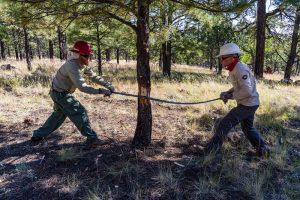
Credit: AZ COF
- Special accreditation for specific types of electrical work
- Considered extremely dangerous work
- Requires training, apprenticeship, and renewals
According to their website, an Ontario Certified Utility Arborist, “Prunes, rigs or moves tree branches and woody vegetation that is in proximity or could contact any electrical apparatus. A Utility Arborist uses climbing techniques, climbing systems and mechanized equipment to work at heights in urban, rural and off-road locations.”
This credential isn’t as common as some of the others because it requires quite a bit of training, and those who get it must engage in continuing education to keep their certification up to date. Often, these arborists will be contacted by local businesses and governments
TRAQ Certified Tree Risk Assessor
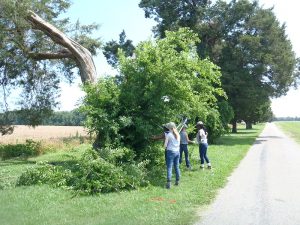
Credit: VSPYCC
- This credential comes from the International Society of Arboriculture (ISA)
- Used to be able to serve as a risk assessment professional
- Requires multiple levels of understanding
In order to display the TRAQ Certified Tree Risk Assessor credential, the professionals need to take an instructor-led course on tree risk assessment knowledge. This program helps tree care professionals understand what makes a tree risky and shows the proper procedure to assess the tree and then provide information to the owners of the tree.
This is a higher-level credential because there are stricter requirements for it than for some of the others on this list. In particular, the exam is a 100-question test and then a performance-based exam. While some companies will still offer tree risk assessment, if they don’t have this accreditation, they may not know the best methods. One thing you should do is ask who has this credential if you want a tree risk assessment, because it often isn’t everyone in the company.
Those who hold this credential need to continue to get educational updates on a regular basis.
ISA Certified Tree Worker/Climber Specialist
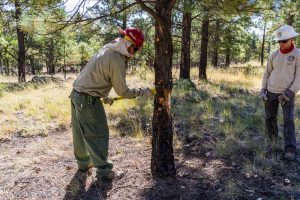
Credit: Coconino National Forest
- Requires 18 months of experience as a tree care professional
- You also need current training in a physical (practice) aerial rescue, CPR, and First Aid
- For those who specialize in climbing
Climbing is dangerous, particularly for those who need to climb extremely tall trees in hazardous areas. For those types of jobs, it makes sense to find someone with an ISA Certified Tree Worker/Climber Specialist credential. This person is trained on advanced techniques to get the job done safely, quickly, and easily.
This is a very specialized certification. It requires a certain amount of experience before a professional can even apply, followed by specific training and testing. According to the ISA website, there are online courses that people can take to prepare them for this particular examination.
ISA Utility Specialist
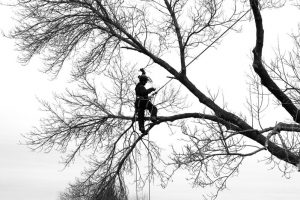
Credit: Scott Costello
- One of the most important accreditations
- Requires ongoing studying
- Came about as demand for specialists increased
According to the Utility Arborist Association, “The ISA Certified Utility Specialist credential demonstrates particular knowledge and experience in the field of electric utility vegetation management. An ISA Certified Arborist Utility Specialist™ has a minimum of 2,000 hours and two years of experience in electric utility vegetation management, or has served as a consultant to a utility with a minimum of 4,000 hours over a 10-year period. The candidate must work in utility vegetation management. The exam tests arborists on several topics, such as electric utility pruning, program management, integrated vegetation management, electrical knowledge, customer relations, and storm response.”
This is a credential that does require a significant amount of upkeep because of the changing standards not only within the tree care industry but also within electrical utilities and the government. However, it is important to have someone with this accreditation on staff, especially if you work on commercial properties.
No matter what, you want to check that the tree care company you work with has some credentials behind them – and that they keep them up to date. These will expire eventually.
If you are looking for a tree care professional in Southern Ontario, give Van Till Tree Care a call today at (705) 653-3777. We will help you to better understand your trees and advise you on particular issues with your high risk trees. We can help you with many other issues that you might find among your trees – from the very top of the tree to the roots, no matter how old they are.
Header photo credit:Meg Stewart

